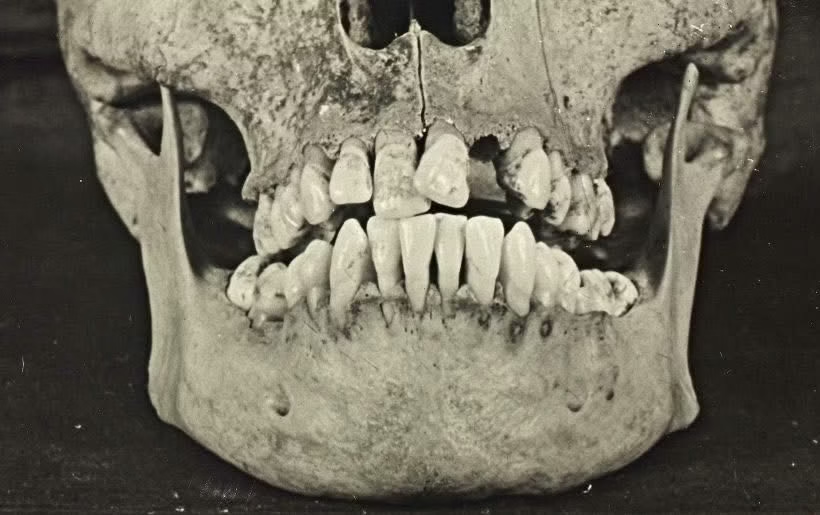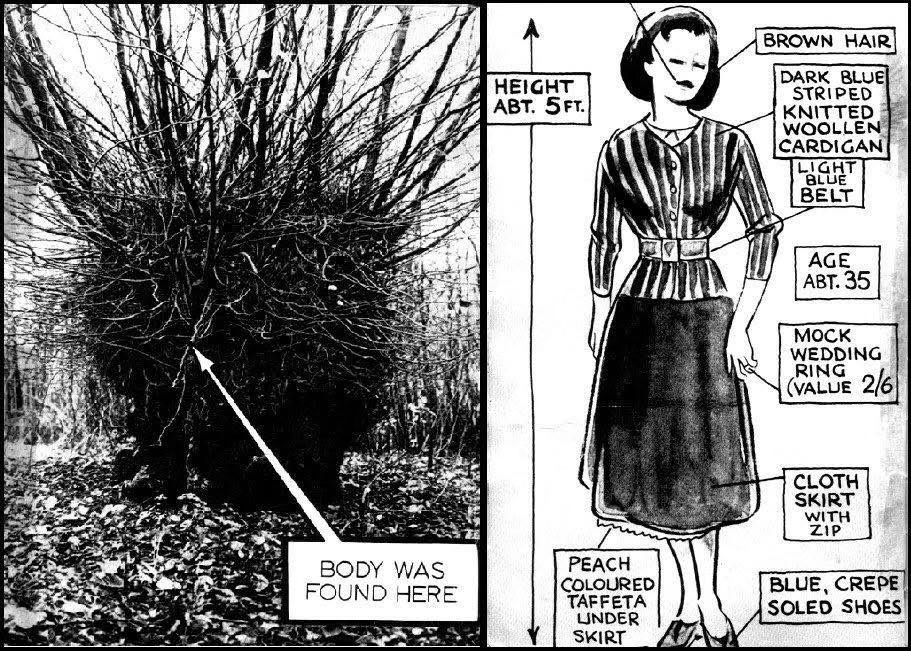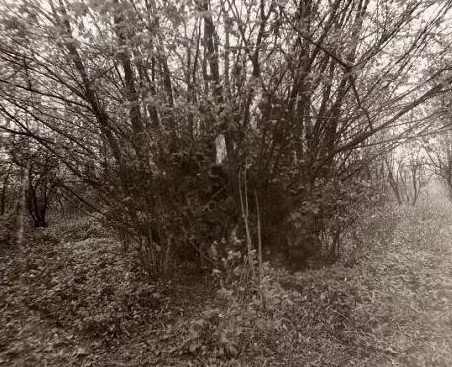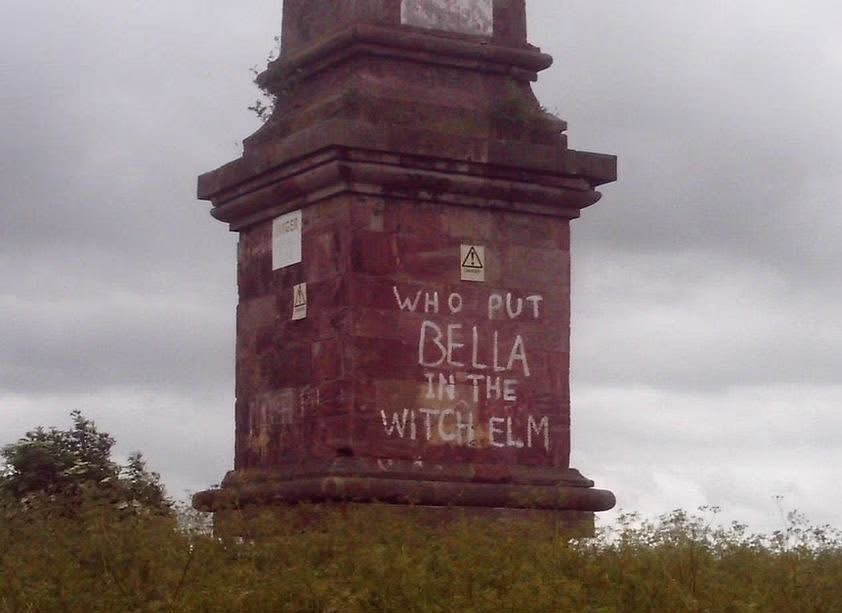📍 Hagley Wood, Stourbridge
A Case Wrapped in Shadows
Some mysteries never fade. They cling to the land, woven into the trees and whispered through the generations. The legend of the Wych Elm in Hagley Wood is one such tale—an eerie, unsolved case that began in 1943 and has refused to loosen its grip on the public imagination. Even now, more than eighty years later, the question still scratches itself across walls and monuments: Who put Bella in the Wych Elm?
Four Boys, One Terrifying Discovery
The woodland belonged to Lord Cobham, an area thick with undergrowth and quiet secrets. On an ordinary day in 1943, four teenage boys—Robert, Thomas, Bob and Fred—ran into Hagley Wood, looking for something as innocent as bird eggs. What they found instead would haunt them forever.
The boys climbed a large, weathered elm tree, one of them reaching into its hollow trunk. Bob thought at first that he had found an animal skull, something he could use to frighten his friends. But the strands of hair caught on the bone made him pause, and the jaw—human, unmistakable—forced the sickening truth upon them. They dropped the skull, horrified, and fled the woods, swearing to keep the secret between them. Yet Tom, the youngest, struggled under the weight of such a terrible truth and confessed to his father. The police were notified, and the grim investigation began.

The Woman Inside the Tree
When Worcestershire Police returned to the elm, they didn’t just find a skull. Buried deep within the hollow trunk was a nearly complete skeleton of a woman. She was missing her right hand, which was discovered thirteen paces away from the tree, severed cleanly as though by a blade.
Nearby, scraps of clothing, a pair of shoes and a gold wedding ring offered the only hints as to who she might have been.
Pathologist James Webster studied the remains. The woman, he believed, was about 35 to 40 years old, five feet tall, with irregular teeth, one of which had been extracted a year earlier. She had given birth at least once. And she had been murdered. A piece of taffeta had been pushed so far down her throat that she died from asphyxiation. Her body, still warm, had then been stuffed into the tree around October 1941.

A War-Torn Country Without Answers
The police searched tirelessly, but wartime chaos swallowed their leads. Records of the missing were scattered or destroyed by bombs. A shoemaker identified the shoes but kept no sales logs. The woman’s dental features matched no records. Every promising route turned to dust.
Her identity remained as hollow as the elm tree itself.
The Haunting Graffiti Appears
Just when the case seemed destined for silence, words appeared. First at Christmas 1943, then repeatedly in the years that followed. Chalk scrawls on walls near Hagley Wood asked:
“Who put Luebella down the Wych-elm?”
“Hagley Wood Bella”
“Who put Bella in the Wych Elm?”
The handwriting appeared consistent, as though the same anonymous person returned again and again, taunting the police. No one ever caught the culprit. But the name Bella stuck, becoming part of the legend forever.
Dark Theories and Whispered Possibilities
Who was Bella? Why was she killed? And why was she hidden inside a tree?
Many theories have surfaced over the decades, each as chilling as the last.
Some whispered that Bella was part of an occult group, perhaps even a practitioner herself. Severing the hand may have been ritualistic. Folklorist Margaret Murray suggested the hand was a punishment—a form of ancient justice inflicted upon thieves. She also noted that burying criminals inside hollow trees was an old tradition meant to trap their spirits, preventing them from haunting the living.
Her theory seemed eerily plausible when, in 1954, another woman was murdered in Long Compton under accusations of witchcraft. Her killer, James Heywood, believed he was a witch hunter. Could he have also been responsible for Bella?

Secrets of the Pub and the Dutchman
Another theory centred around Jack Mossop, a man whose life dissolved into drink and nightmares. His wife, Una, claimed that Jack returned home one night in 1941 shaking and distressed. Jack told her he and his friend, a mysterious Dutchman named Van Raalt, had been drinking in the Lyttleton Arms with a woman—an unknown “Dutch piece.” Something happened between Van Raalt and the woman, and the trio ended up in a Rover heading toward Hagley Wood. The woman passed out—how or why, Jack never knew—and the men carried her into the woods, placing her inside a hollow tree.
Jack died before this confession ever reached the police. And the severed hand remained unaccounted for. Was he withholding the darkest part of the truth? Or was the woman in the car a completely different victim?
A Nazi Spy Hidden in a Tree?
Perhaps the most dramatic theory involves espionage. Declassified Abwehr documents revealed a woman—the spy code-named “Clara”—was parachuted into the West Midlands during the war. She failed to make contact and was presumed dead. Some claim “Clara” was involved in occult practices as well, blending the spy theory with the witchcraft one.
Could she have been captured? Eliminated by her own network? Or killed by those she was spying on? The severed hand, the hidden body and the wartime secrecy all align disturbingly well.
A Mystery That Refuses to Die
The truth remains buried somewhere in Hagley Wood. Today, new graffiti still appears, echoing the same haunting question that’s hung over Stourbridge for eight decades:
Who put Bella in the Wych Elm?
It is a mystery that seems determined never to rest—an unsolved murder, a tangle of occult whispers and wartime shadows, and a ghost story that refuses to fade.
Written by Lauren Campbell | Edited by Hauntic.com



